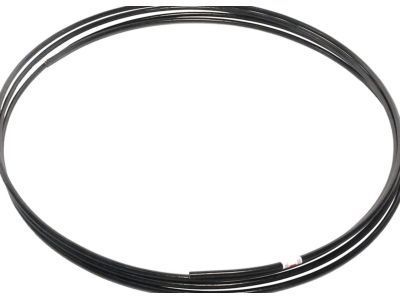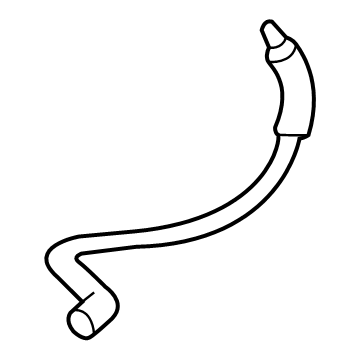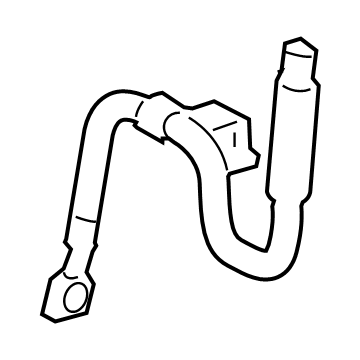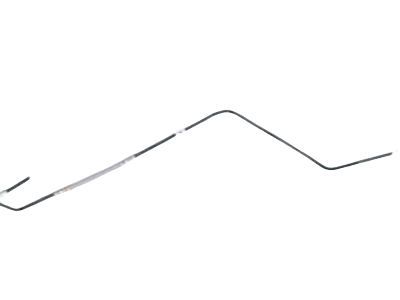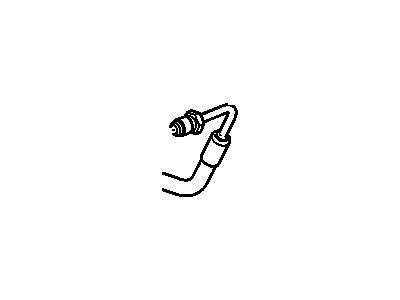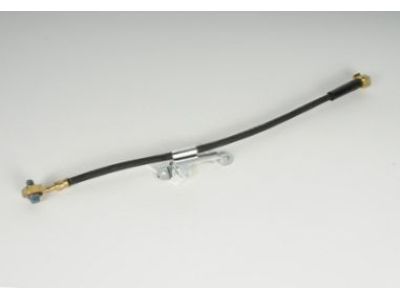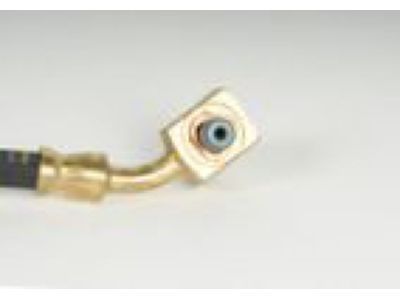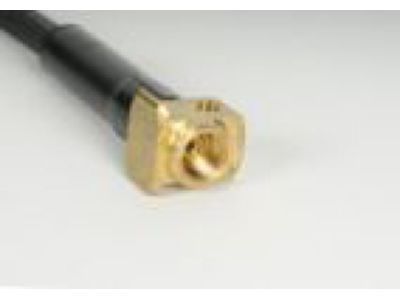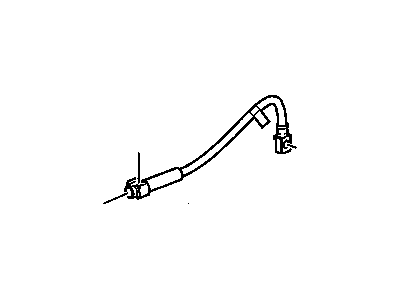
My Garage
My Account
Cart
Genuine Chevrolet Trailblazer Brake Line
Brake Hose- Select Vehicle by Model
- Select Vehicle by VIN
Select Vehicle by Model
orMake
Model
Year
Select Vehicle by VIN
For the most accurate results, select vehicle by your VIN (Vehicle Identification Number).
27 Brake Lines found
Chevrolet Trailblazer Pipe Asm,Brake (Steel)(1/4" X 16 Ft Roll)
Part Number: 88936298$91.98 MSRP: $180.88You Save: $88.90 (50%)Ships in 1-2 Business DaysChevrolet Trailblazer Pipe Assembly, Rear Brk Inter #2
Part Number: 42738800$27.78 MSRP: $65.84You Save: $38.06 (58%)Ships in 1-2 Business DaysChevrolet Trailblazer HOSE ASM-RR BRK
Part Number: 60008835$45.46 MSRP: $82.66You Save: $37.20 (45%)Chevrolet Trailblazer Pipe Assembly, Rear Brk
Part Number: 60002197$8.61 MSRP: $15.65You Save: $7.04 (45%)Ships in 1-3 Business DaysChevrolet Trailblazer HOSE ASM-FRT BRK
Part Number: 60008833$7.67 MSRP: $13.95You Save: $6.28 (46%)Ships in 1-2 Business DaysChevrolet Trailblazer Pipe Assembly, Rear Brk Inter #1
Part Number: 42738801$35.01 MSRP: $63.65You Save: $28.64 (45%)Ships in 1-3 Business DaysChevrolet Trailblazer HOSE ASM-FRT BRK
Part Number: 60008832$51.59 MSRP: $93.80You Save: $42.21 (45%)Ships in 1-2 Business DaysChevrolet Trailblazer PIPE ASM-RR BRK INTER #2
Part Number: 42818156$123.67 MSRP: $224.86You Save: $101.19 (45%)Ships in 1-2 Business DaysChevrolet Trailblazer PIPE ASM-RR BRK INTER #1
Part Number: 42818154$141.67 MSRP: $257.59You Save: $115.92 (45%)Ships in 1-2 Business DaysChevrolet Trailblazer HOSE ASM-RR BRK
Part Number: 60008834$45.46 MSRP: $82.66You Save: $37.20 (45%)Chevrolet Trailblazer Pipe,Brake Pressure Mod Valve Master Cylinder Reservoir
Part Number: 15104867$41.97 MSRP: $75.28You Save: $33.31 (45%)
| Page 1 of 2 |Next >
1-20 of 27 Results
Chevrolet Trailblazer Brake Line
The Brake Line in Chevrolet Trailblazer car is used to carry brake fluid that is pumped from the master cylinder to the brake caliper pistons as a means of powering the hydraulic brake. This system makes it possible to stop or to slow down whenever use of the brake pedal is made. In Chevrolet Trailblazer car models of the past years, different types of Brake Line where used such as metal brake line and rubber brake line. Metal brake assisted by brake lines used to corrode especially in wet or winter situations and this causes the fluid to leak and hence reduced hydraulic pressure. On the other hand, rubber brake hoses may face mechanical damage or internal deterioration or improper fitting hence reducing its performance. For better performance, one may change to braided stainless steel Brake Line, this gives the driver better feel and sensitivity during track day among others.
Each OEM Chevrolet Trailblazer Brake Line we offer is competitively priced and comes with the assurance of the manufacturer's warranty for the part. Furthermore, we guarantee the speedy delivery of your orders right to your doorstep. Our hassle-free return policy is also in place for your peace of mind.
Chevrolet Trailblazer Brake Line Parts Questions & Experts Answers
- Q: How often should you inspect the rubber hoses connecting the steel brake lines to the brake assemblies on Chevrolet Trailblazer?A:About every six months, with the vehicle raised and securely supported on jackstands, inspect the rubber hoses connecting the steel brake lines to the front and rear brake assemblies for cracks, chafing, leaks, blisters, and other damage, as these are critical components of the brake system. Use a light and mirror for a thorough check, and replace any damaged hose with a new one. For the front flexible brake hoses, loosen the wheel lug nuts, raise the vehicle, and remove the wheel. Unscrew the brake line fitting from the hose using a flare-nut wrench, and hold the hose end with a wrench to prevent twisting. Remove the bolt from the bracket and detach the hose. At the caliper end, remove the inlet fitting bolt and separate the hose, replacing the two copper sealing washers during installation. Connect the fitting to the caliper with the inlet fitting bolt and new sealing washers, ensuring the hose is routed correctly without twisting. Tighten the hose bracket bolt and brake line fitting securely, then bleed the caliper. Repeat similar steps for the rear flexible brake hose, ensuring to block the front wheels to prevent rolling. When replacing metal brake lines, use the correct steel parts and avoid copper tubing. Prefabricated brake lines are available and must be bent to the proper shapes. Ensure the new line is securely supported and has adequate clearance from moving or hot components, maintaining at least 1/4-inch clearance between parallel lines. After installation, check the master cylinder fluid level, add fluid as necessary, bleed the brake system, and test the brakes carefully before driving.
